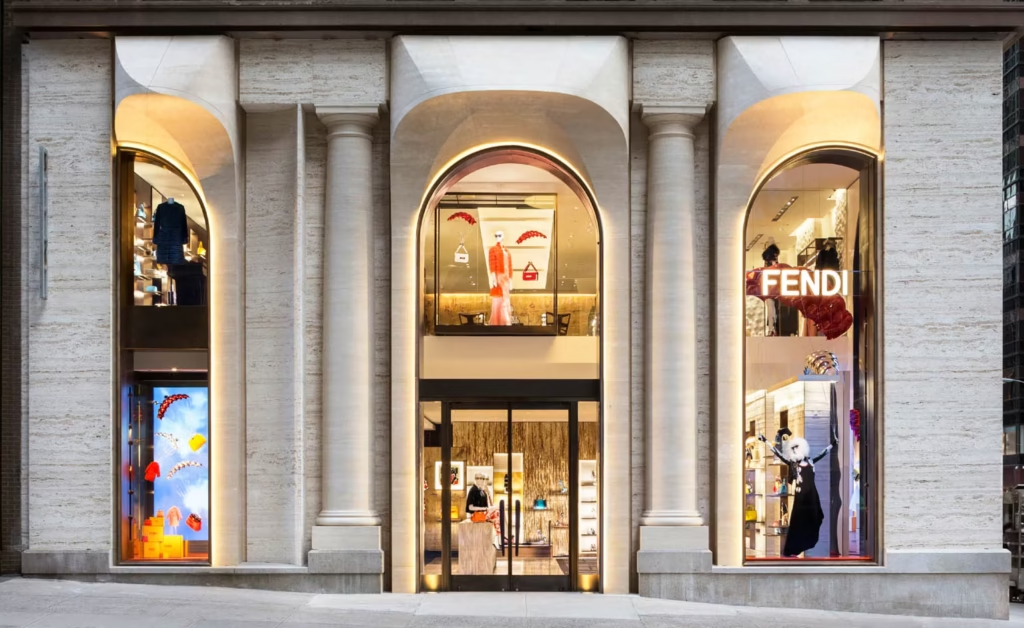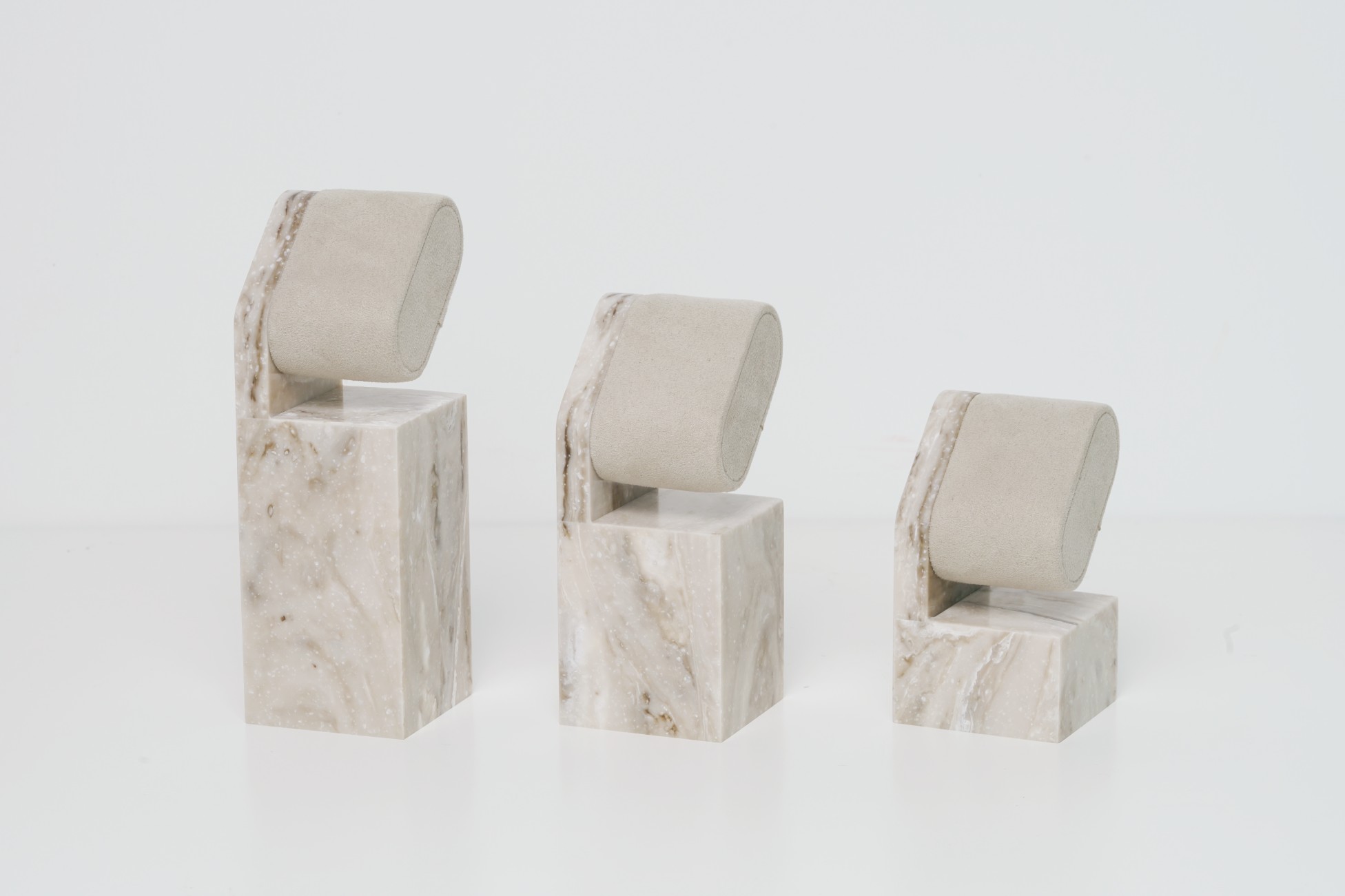Adapting Fixtures to Fit the Mood, Space, and Lighting of Different Retail Environments
By Yan Luo | Samtop Display
Boutiques and department store corners are both key premium retail channels, but they operate under very different atmospheres. Department store fixture design must prioritize modularity and compliance, while boutique fixtures focus on intimacy and storytelling. Department corners prioritize modularity, compliance, and visual efficiency within shared zones. At Samtop, we help brands design fixture systems that adapt their visual identity seamlessly across both environments.

Retail environments such as boutiques and department store corners have very distinct spatial dynamics and consumer expectations. Boutiques require intimate, story-driven setups, while department store corners demand modular, compliant displays. Without proper fixture adaptation, brands may struggle to maintain their visual integrity and fail to engage customers effectively.
Forcing a single fixture design across both formats may result in missed opportunities for engagement, reduced customer experience, and even non-compliance with store regulations. A misaligned fixture setup can harm a brand’s image and reduce its impact, regardless of the environment.
At Samtop, we specialize in designing display systems that are tailored to meet the unique needs of both boutiques and department store corners. Whether it’s a sculptural, immersive experience for boutique stores or a modular, efficient fixture for department store zones, we ensure that your visual identity is seamlessly executed across different retail environments.
Key Differences: Boutique vs. Department Store Corners
| Factor | Boutique Store | Department Corner |
|---|---|---|
| 🧱 Spatial Control | Full environment: walls, floors, lighting | Partial: shelf, counter, sometimes signage |
| 💡 Lighting Control | Full lighting setup (spotlight, ambient, accent) | Retailer-controlled general lighting |
| 🖼️ Visual Atmosphere | Curated, immersive, gallery-style | Branded but within guidelines |
| 📐 Fixture Format | Custom-fit to interior space | Modular or constrained by retailer specs |
| 🧰 Installation | Done by brand or contractor | Often by store staff or standard installers |
| 🧾 Retailer Requirements | Minimal or brand-defined | Detailed fixture approval, material limits |
Boutique Display Fixture Design
1. Custom-Fit Structures
Full wall systems, sculptural tables, window-integrated plinths
2. Creative Materials
Use tactile, brand-relevant materials such as real wood, stone, brass, and linen.
3. Integrated Atmosphere
Displays that work seamlessly with lighting, flooring, and even scent diffusers.
4. Low SKU Density, High Storytelling
Each SKU gets its own space. Storytelling is the main function.
Example:
Curved travertine shelf with halo uplight for a fragrance tier, paired with branded touch card holder.
This approach ensures boutique display fixtures deliver immersive storytelling experiences.
Department Store Fixture Design
1. Modular Components
Base trays, risers, headers with localized adaptation.
2. Retailer-Aligned Specs
Fixtures must comply with height, width, lighting, material, and safety limits.
3. Lightweight + Flat-Pack Formats
Easy for store staff to assemble and replace.
4. Optimized for Foot Traffic
Focus on front-facing, trial-ready zones (e.g., testers, mini-GWP displays).
Example:
PET + MDF tray system with swappable top tray, QR sticker, and pre-approved height limiter (max 55cm).


